How Do You Pronounce The Names Of Running Brands?
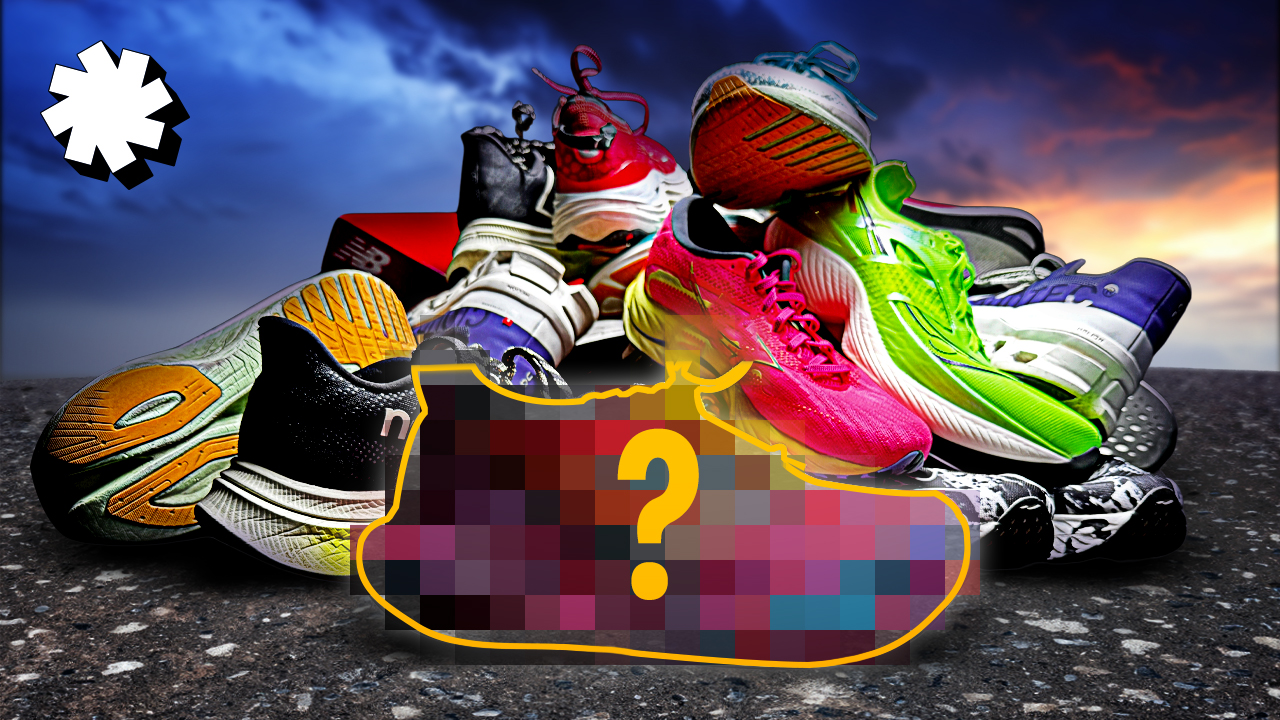
We see their shoes and apparel all the time, but what do the company names mean, and how DO you pronounce Nike, PUMA, HOKA, Saucony, adidas, ASICS, and more? Here are all the major running brands in alphabetical order.
adidas
Adolf Dassler, known as Adi, founded adidas in 1949 in Herzogenaurach, Germany. He previously ran a company with his brother Rudolf, but they acrimoniously split and each started their own company. Adi Dassler used a shortened version of his name for his new company. But is adidas pronounced addy-das, or a-DEE-das? Americans tend to say a-DEE-das, but in Germany and elsewhere it’s addy-das.
ASICS
Kihachiro Onitsuka started ONITSUKA Shokai in Kobe, Japan, in 1949. The name changed to ASICS in 1977, and is an acronym of the Latin expression “Anima Sana In Corpore Sano” which in short means “a healthy mind in a healthy body.” Is it Ay-Six or Ass-six? That’s another US vs The World. ASICS is most commonly pronounced Ass-six.
Altra
The foot-shaped, zero-drop specialists based in Utah sold their first shoes in 2011. The name is supposedly based on the Latin word ‘altera,’ meaning ‘to fix something that’s broken.’ In other words, to make shoes that are shaped like actual feet. Altra is pronounced Alt-tra.
Brooks
Brooks Sports Inc. was started by John Brooks Goldenberg in Philadelphia in 1914. They began by making ballet slippers and bathing shoes, then added baseball cleats and roller skates, and much more. They focused more on running from the 1970s, and are now based in Seattle, Washington. No challenges with how you say Brooks, but to avoid any confusion, it rhymes with Books, not Broods.
Diadora
Italian brand Diadora is based near Venice, Italy, and founded in 1948 with their first product being mountain climbing boots. The name possibly comes from the ancient Greek ‘dia-dorea’ which means “to share honours and gifts”. Diadora is pronounced Dee-Uh-Door-A.
HOKA
Started in the French Alps, HOKA’s full name was HOKA ONE ONE, though it’s now just referred to as HOKA. The name has an origin far-flung from the Alps and is a phrase in the Māori language meaning “fly over the earth.” Their current slogan of Fly Human Fly plays on that. HOKA is pronounced Ho-Ka (like Coca), not Hock-A, although the soft French H might make it sound more like Oh-Ka. FYI: the original full name of HOKA One One is pronounced as O-ney O-ney not Won Won.
INOV8
This British brand has been based in the Lake District since 1993; the name comes from an innovative company that makes shoes, apparel and equipment for runners, walkers and gym users. INOV8 is pronounced Innovate – ‘In-Nov-Ate’.
KIPRUN
Based in Lille, France, Kiprun is the running brand from sportswear giant Decathlon, and they sold the first KIPRUN shoes in 2008 (following an earlier shoe brand called Kalenji). The name Kiprun is a shortening of ‘keep on running’. A nice easy one to say: KIPRUN is Kip-Run.
Mizuno
The Mizuno brothers founded the company in 1906 in Osaka, Japan. They soon started making athletic wear, focusing on baseball clothes and equipment, and then baseball shoes (and would make all sorts of different items from skis to gliders and golf clubs). They made their first running shoes in 1928, making track and field cleats. Mizuno is pronounced Miz-ooo-no.
New Balance
Founded in Boston, Massachusetts in 1906 as the New Balance Arch Support Company, they mostly made orthotics to help people find a ‘new balance’ when they walked. They started making running shoes from the 1960s. A nice easy one to pronounce that probably doesn’t need describing. It’s exactly as you expect New Balance to sound.
Nike
The brand from Beaverton, Oregon was called Blue Ribbon Sports when it started in 1964, and they began by importing and selling Onitsuka shoes. They made and sold their own shoes from 1971 which is when they named their company after the Greek goddess of victory. Nike rhymes with Mikey, not Mike.
NNormal
A newcomer in the running world, NNormal is a partnership between Camper and the Spanish ultrarunner Kilian Jornet. Kilian tests the shoes in Norway where he lives, and the equipment is designed in Mallorca, hence the name NNormal (NORway-MAL-lorca). Don’t worry about the extra ‘N’ in NNormal, just say it the Normal way.
On
Since 2010, Swiss brand On has been innovating with their distinctive midsole shape which their co-founder described during prototype testing as like ‘running on clouds.’ Supposedly they dropped the running and clouds from the name and just kept the On. Perhaps the easiest of them all in this list: On is pronounced On (like the opposite of Off, if you needed to be 100% sure!).
PUMA
Founded by Adi Dassler’s brother Rudolf in Herzogenaurach in 1948, the company was originally called RUDA as a shortening of Rudolf Dassler’s name, then registered the name PUMA a few months after the company began. How you say PUMA mostly depends on where you live: There’s the more American and German Poo-ma, or the more English Pew-ma.
Reebok
The company officially started in 1958 in Bolton, England, as a companion company of J. W. Foster & Sons, which made some of the earliest track spikes. Jeff and Joe Foster, grandsons of Joseph William Foster, came up with Reebok as the name of their company after seeing the word in a dictionary Joe won in a sprint race as a boy – it’s the Afrikaans name for the grey rhebok antelope. It’s quicker and easier to pronounce than to explain the company name and origin: Reebok is Ree-Bok.
Salomon
French brand Salomon was founded in 1947 by François Salomon and is based in Annecy. They started out as a metal workshop, so nothing to do with shoes, but by the 1970s, they were making ski boots and had started towards their success in outdoor adventure sports. Their first trail running shoes came out in 1990s. Salomon is said ‘Sal-lah-mun.’
Saucony
Saucony was founded in Kutztown, Pennsylvania, where the Saucony Creek flows. A few years ago, Saucony, who are now headquartered in Waltham, Massachusetts, posted an April Fool’s saying that after 125 years they had decided to change their name to Sock-a-Knee so that people can finally say it right. That’s right, Saucony is pronounced Sock-a-Knee, not Saw-Ko-Knee.
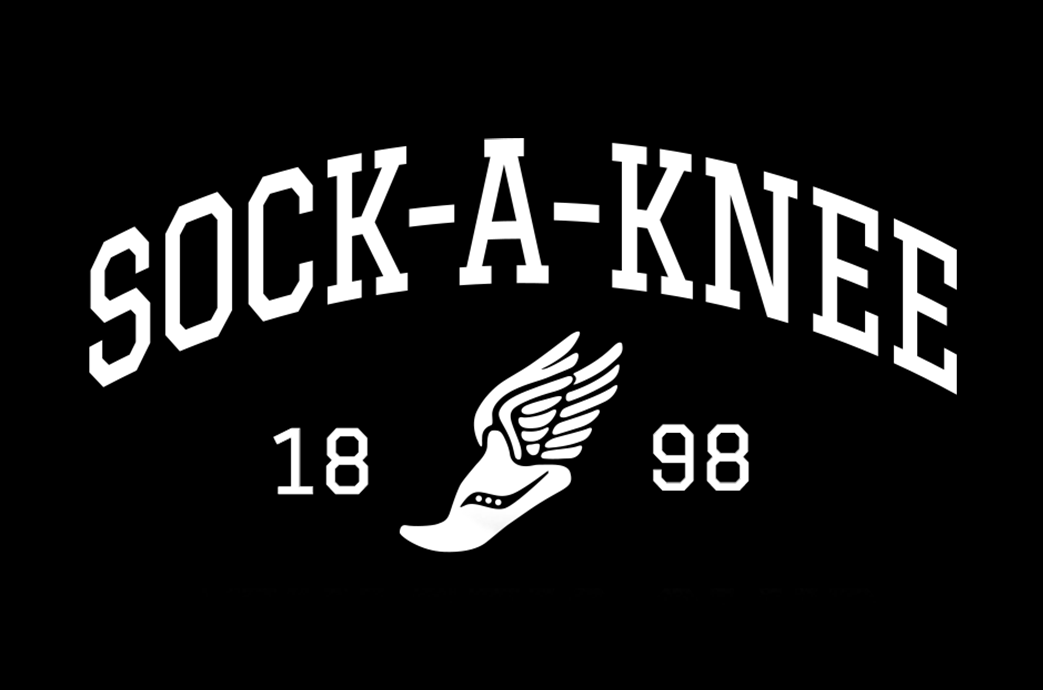
VIBRAM
While Vibram do make minimalist shoes, they are perhaps better known for producing high-quality outsole grips for trail shoes. They’ve been making mountaineering soles in Italy since 1937, and continue to be the best around – in fact, they make 40 million soles a year. Do you say Vie-Bram or Vee-bram? Vibram is pronounced Vee-bram.
***
Have you been saying all of these names correctly?

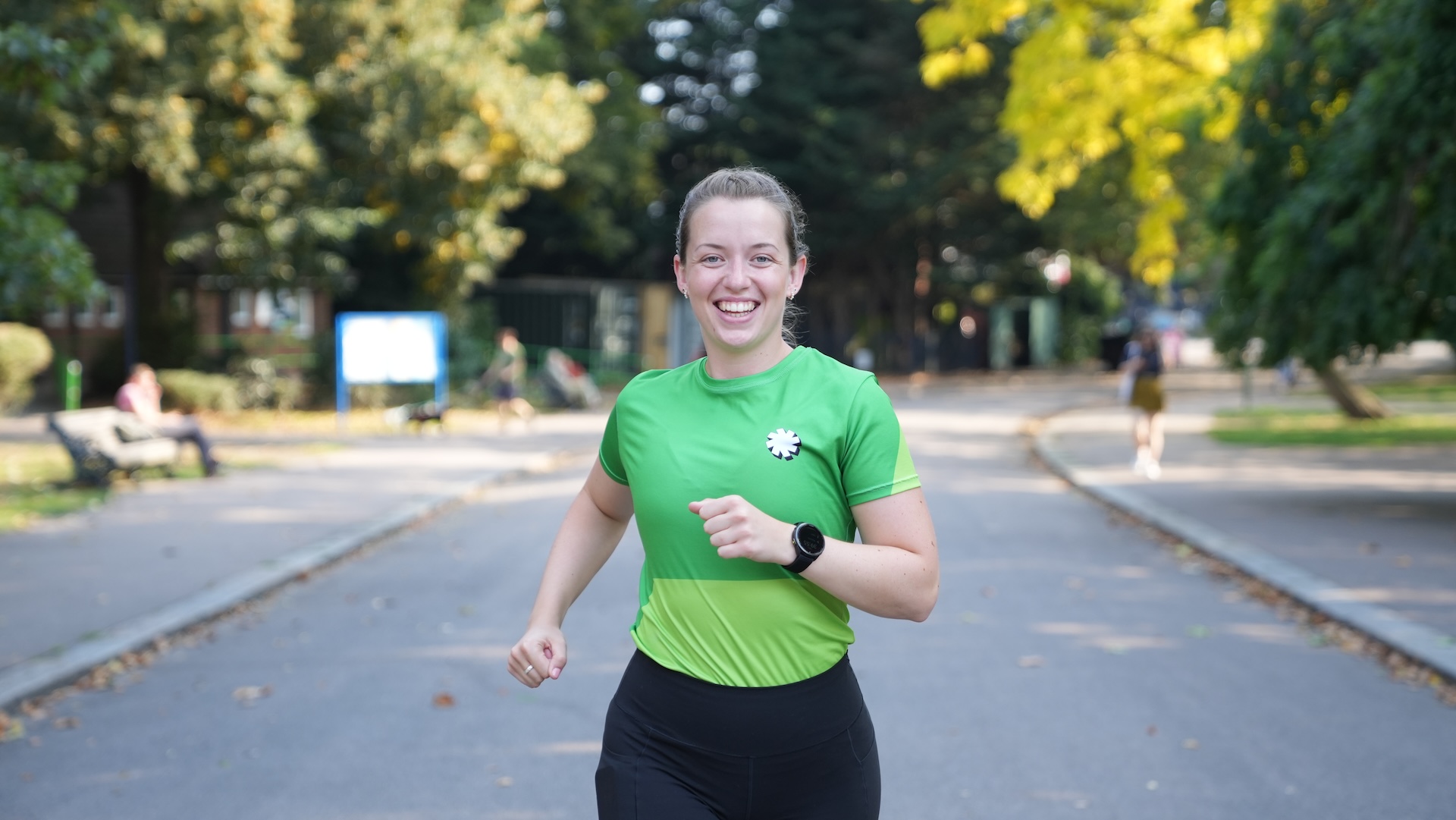
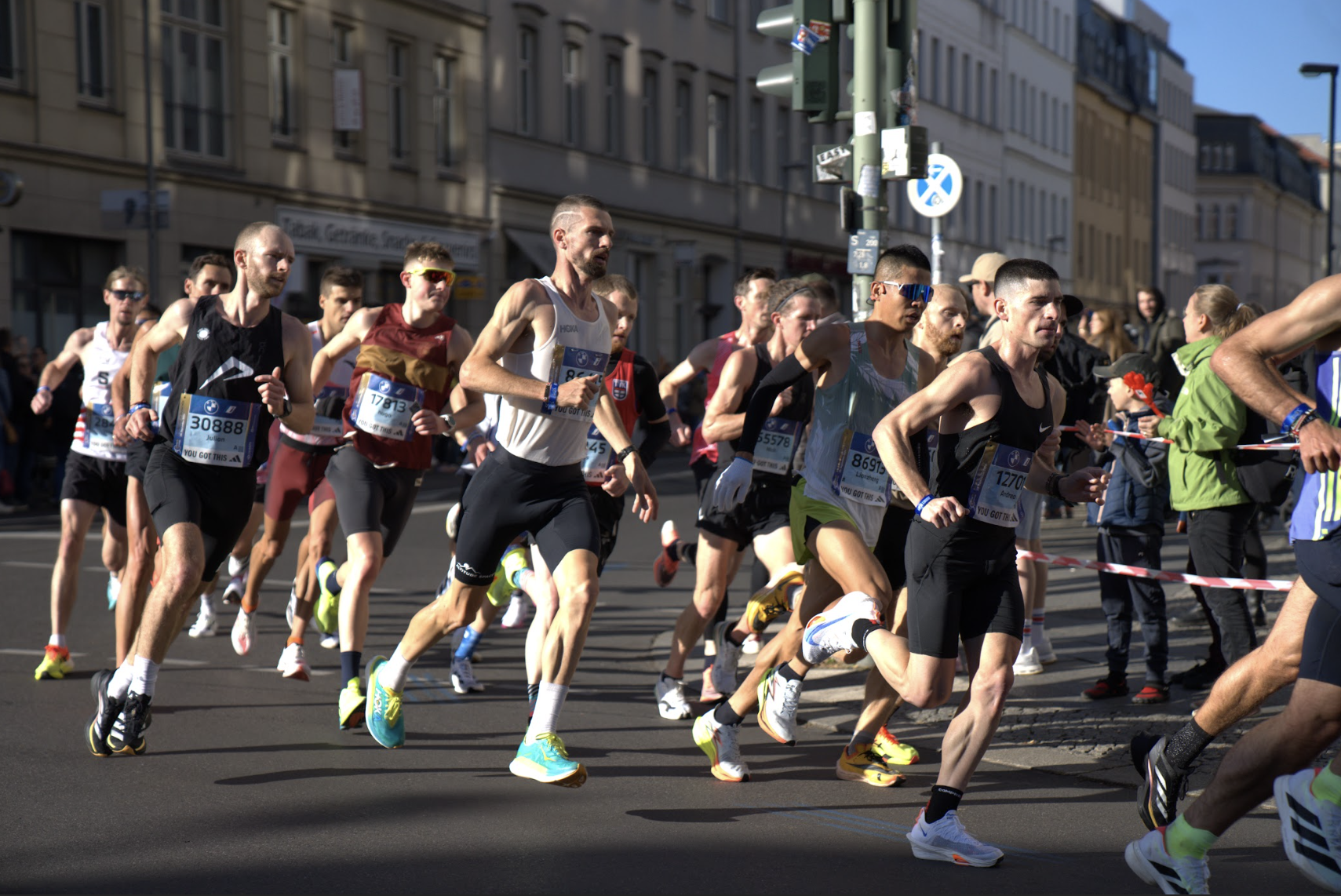
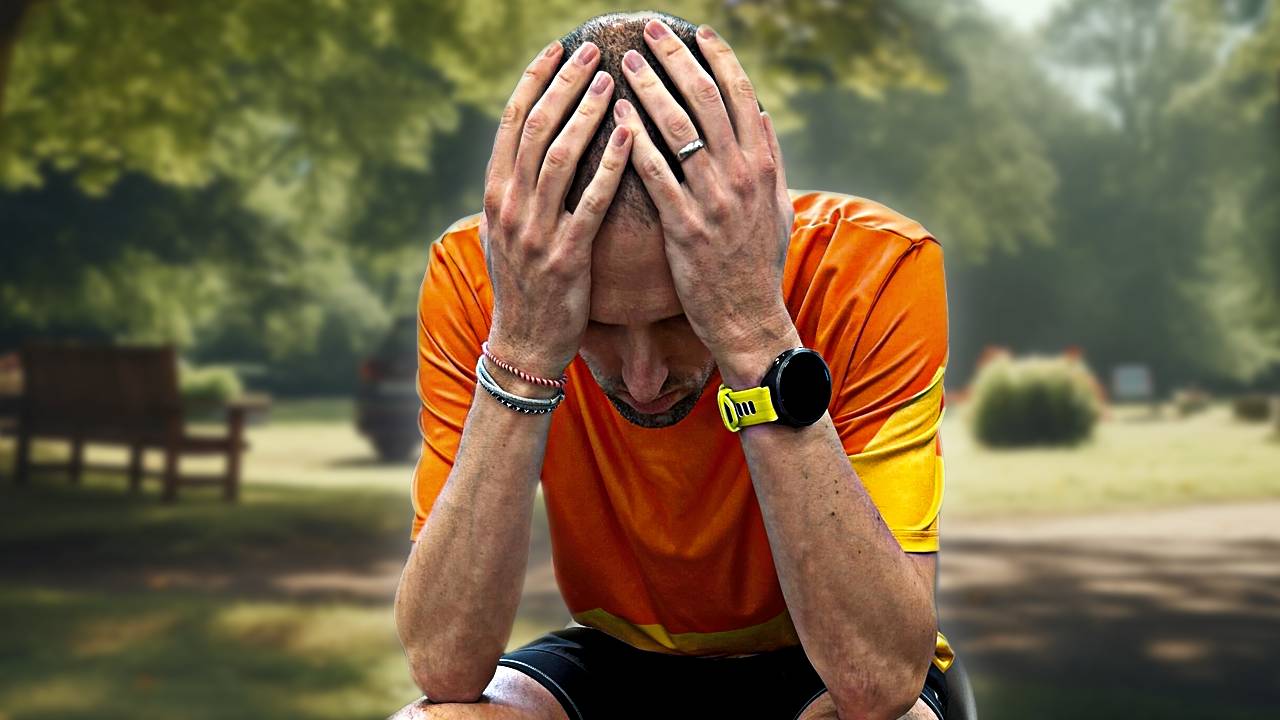
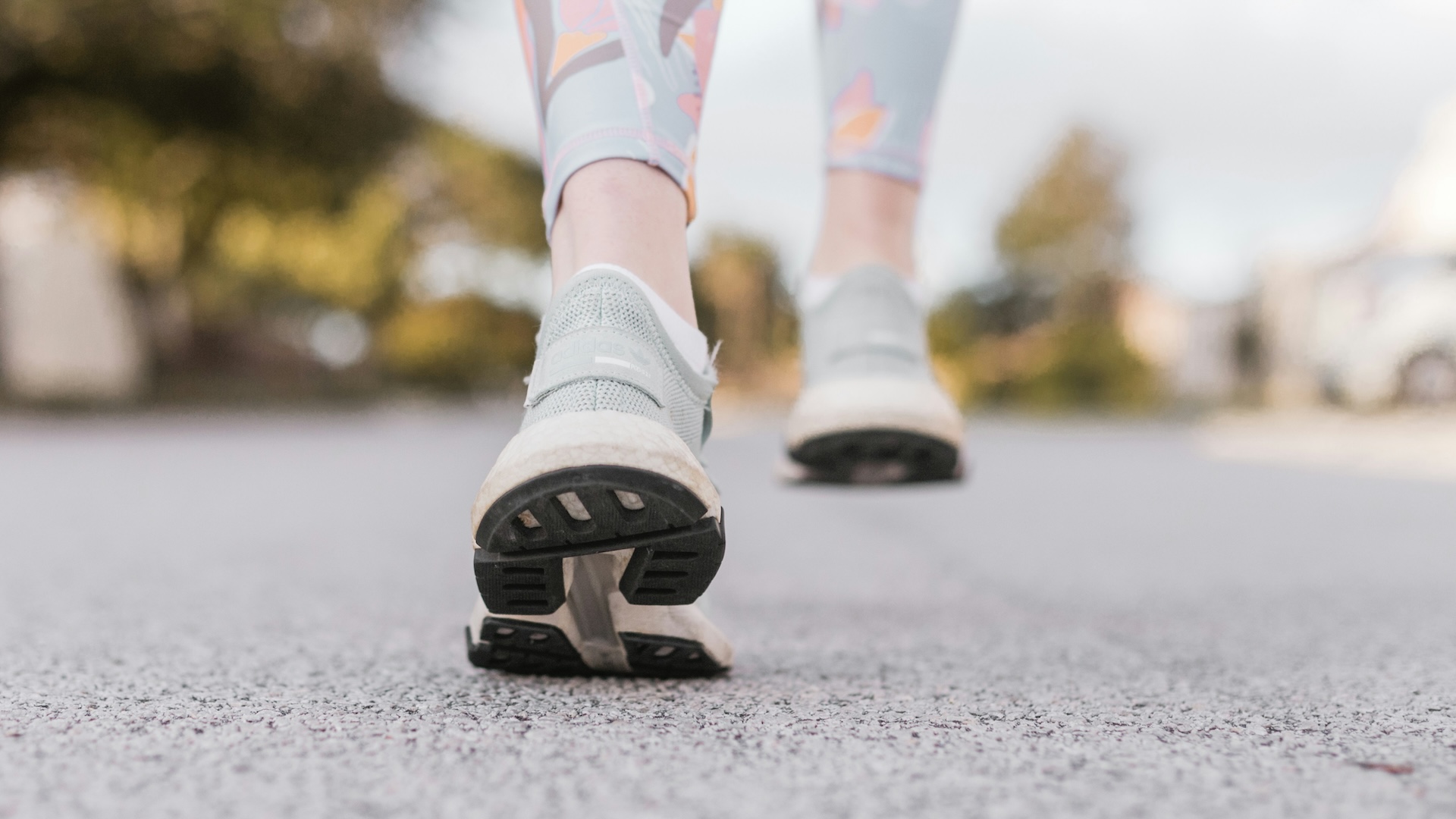
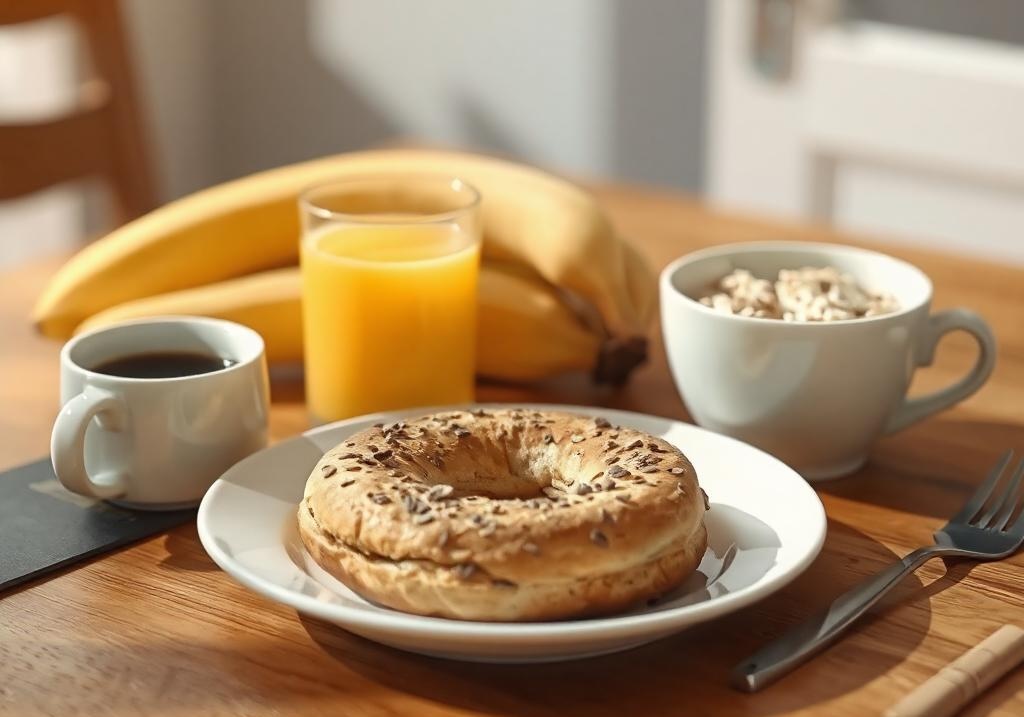




















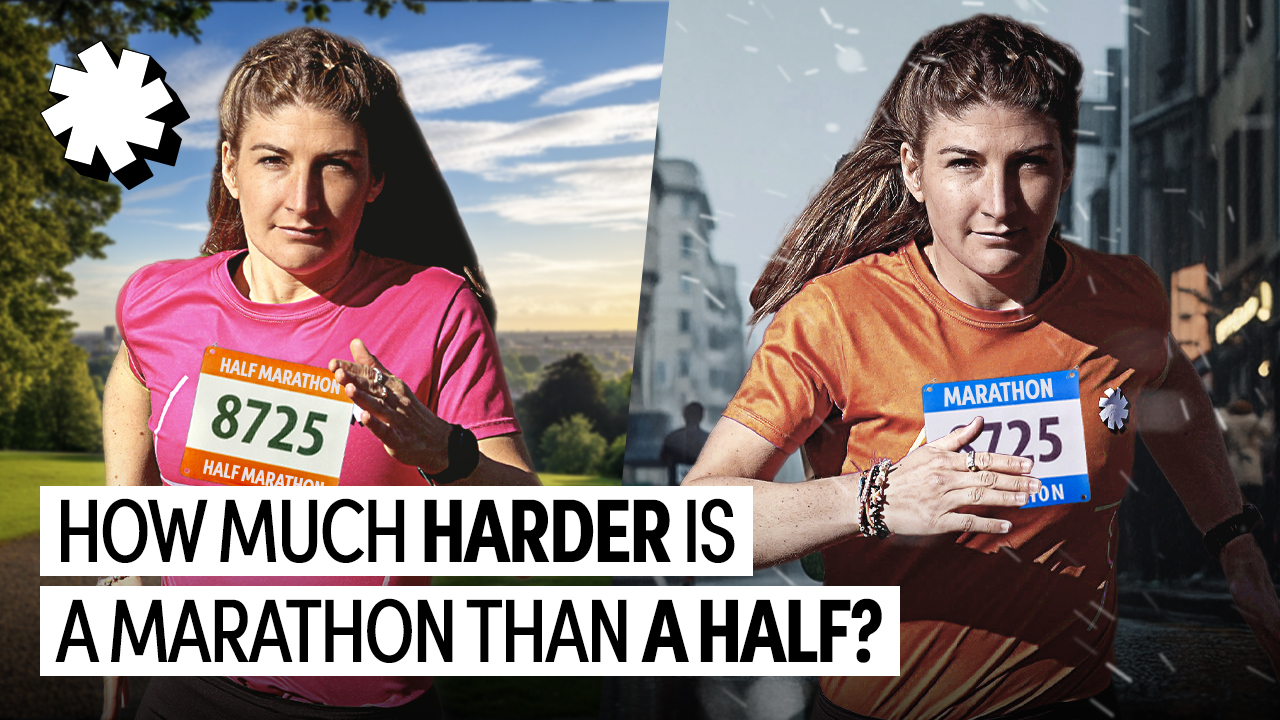

Running News
Ingebrigtsen Stars at World Athletics Indoor Championships 2025 – Plus All The Winners!
Sam Ruthe Is First 15-Year-Old To Run A Four-Minute Mile!
Eliud Kipchoge Will Run The 2025 Sydney Marathon!